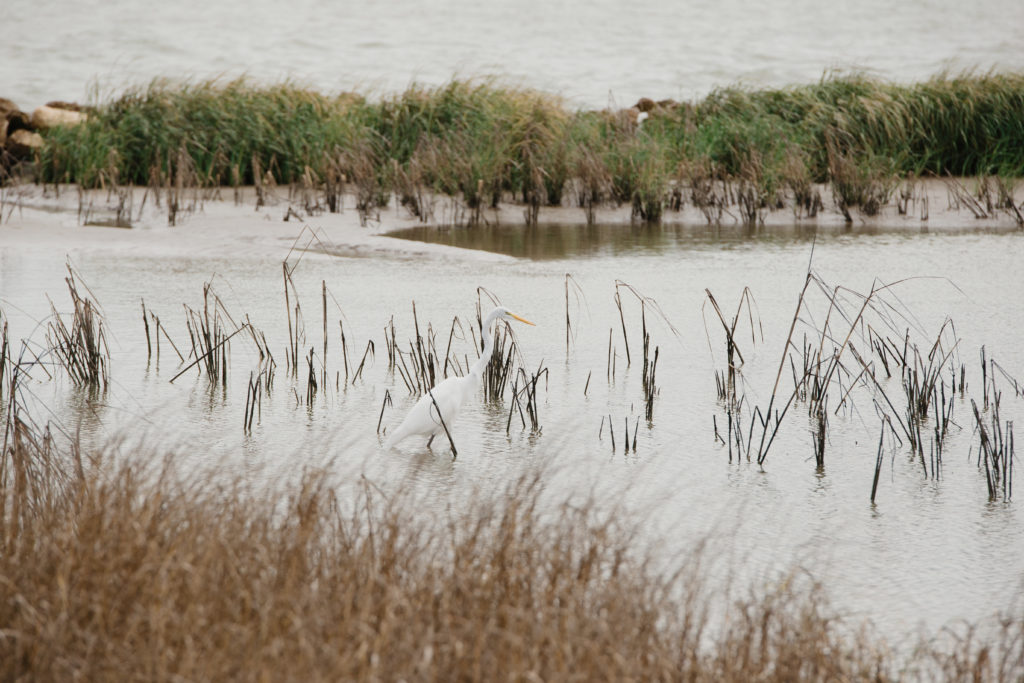
Every year, the Galveston Bay Report Card serves as a tool for communities in and around Galveston Bay to learn about the health of the Bay and what we can all do to protect this valuable ecosystem.
The latest Report Card’s notable findings were in the areas of water quality, wildlife, human-health, and coastal changes as follows:
- In Water Quality, the Bay is in great shape. Any issues that do arise are primarily due to runoff and wastewater from human activity. To keep our Bay healthy, it is important to continue picking up after pets and prevent over-fertilization of lawns.
- In the Wildlife category, most bird, shellfish, and finfish populations are holding steady. However, some species such as the roseate spoonbill, tri-colored heron, and laughing gull showed moderate population declines. To protect our wildlife, it is essential we all follow fishing regulations and watch out for bird nesting sites.
- In Health Risks for Humans, seafood continues to remain safe to eat in most areas of the Bay. However, due to oyster fishing closures at the end of 2022, the Seafood Safety grade dropped. While these specific closures and related oyster consumption concerns are no longer relevant today, it is a reminder to pay close attention to seafood advisories.
- In Coastal Changes, sea level rise continues to increase. Measurable changes in the physical environment of Galveston Bay can be expected because of this increase and changing weather patterns, alternating between extremes of drought and flood and extreme heat and cold. Additionally, the water temperature for Winter 2022 was 10% higher than the average values for the previous 15 years. This is the first time we have seen an increase in winter water temperature on the Galveston Bay Report Card, which could impact species that live in the Bay and make the Bay more hospitable to invasive species.
In addition to providing valuable information about the state of the Bay, the Galveston Bay Report Card provides guidance, tools, and resources to help show how we can all play a role in keeping the Bay healthy. To learn more about what you can do, visit the What You Can Do tool for practical tips on how to help protect the Bay.